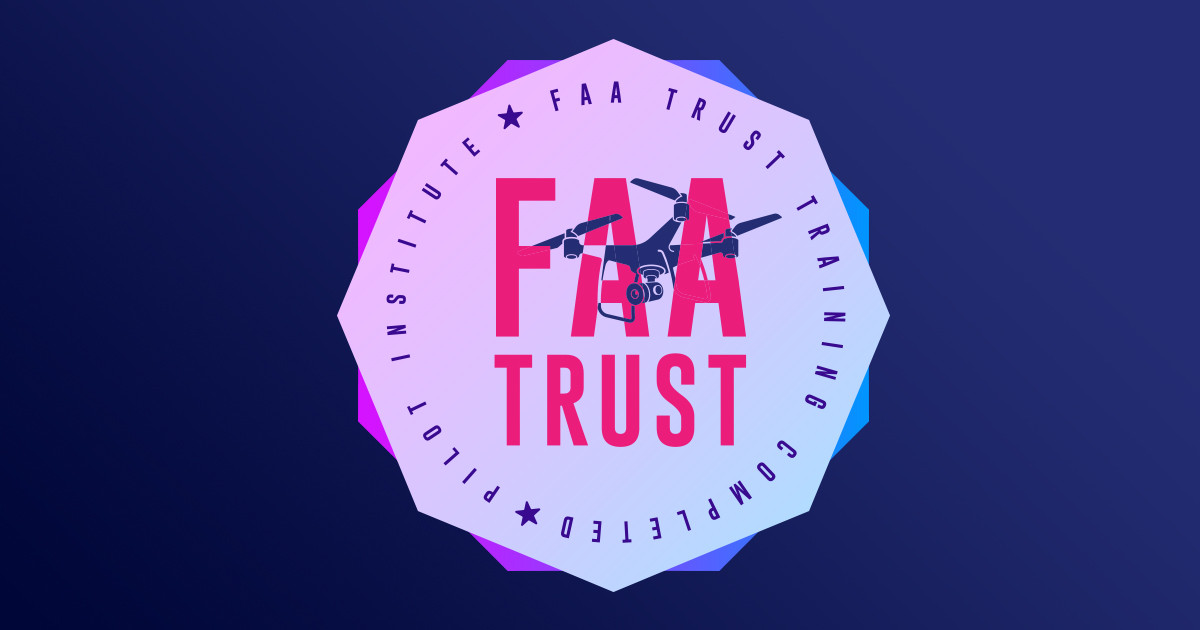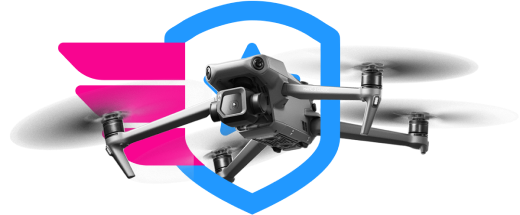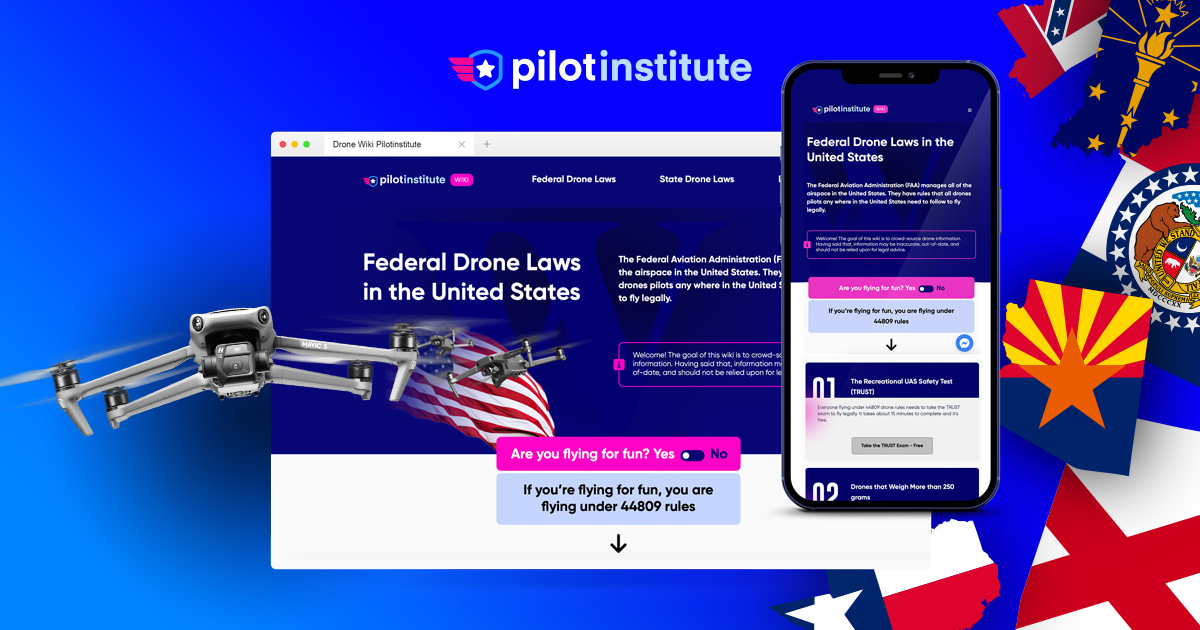hi new to drones have mini pro 4. looking to meet members in my area Holbrook ny to fly with.
You are using an out of date browser. It may not display this or other websites correctly.
You should upgrade or use an alternative browser.
You should upgrade or use an alternative browser.
new to drones
- Thread starter alucard1367
- Start date
- Joined
- Oct 12, 2016
- Messages
- 30,336
- Reactions
- 34,260
- Location
- Harrisburg, PA (US)
- Site
- mavichelp.com
Welcome to the forum @alucard1367! 
After flying many DJI consumer drones since 2016 (I own most all of them), here's what I recommend you do (at the minimum) to get started with your DJI drone:
After flying many DJI consumer drones since 2016 (I own most all of them), here's what I recommend you do (at the minimum) to get started with your DJI drone:
- Skip buying a non-DJI practice drone and start with any of the DJI consumer drones (ideally the model you'll be flying most). While it's true DJI makes one of the most expensive consumer drones, you likely won't learn much about your DJI drones by flying drones made by other manufacturers. And then you'll be back to square one again when you finally decide to ditch the practice drone and start flying a DJI drone.
- Before attempting to fly, watch some videos on YouTube.com to learn more about your drone. Search for something like "Mini 2 Beginner's Guide" (replace "Mini 2" with your drone model).
- Read the DJI manual (available in the "Products" section of the DJI Download Center) from beginning to end (maybe a few times). You're certainly not going to remember everything, but it'll give you a good understanding of the available features and capabilities of your drone. And then you can go back to the manual or YouTube videos when you need to take a deeper dive into a specific topic.
- Before flying in the US, you must register your drone with the FAA (if it weighs 250 grams or more) and take the free online TRUST test (I like this one).
- When flying in the US, your drone must broadcast RID if it weighs 250 grams or more (or is registered with the FAA). Many DJI drones (especially the newer models) have that feature built into them. If you're ever flying a drone that does not broadcast RID (meaning it's not on this list), then you'll need to attach an external RID module like the Holy Stone or Ruko RID module.
- Don't power on your drone or take off when within about 20 feet of any magnetic metal objects (like your car or rebar in concrete sidewalks). See more on compass interference in this compass calibration guide.
- Before taking off, always review the drone settings in DJI Fly (or the app you're using) to ensure everything is set as expected. If you do plan on flying near any obstacles, ensure the RTH altitude is set properly in case your drone needs to automatically return back to the home point mid-flight.
- Never take off before DJI Fly (or the app you're using to fly) audibly mentions or shows the home point has been set. The drone will attempt to fly back to the home point location automatically if it loses connection with the remote controller, so it's crucial to ensure that location has been set prior to takeoff.
- DJI drones have a lot of awesome automated flight features. Use them with caution and never assume they are always going to function as expected (always be ready to take control if needed).
- Sensors are great and they can help prevent your drone from crashing into obstacles. They are not foolproof though. Never rely on them 100% or assume they are going to work perfectly in all flight conditions -- or react the same way when flying in similar conditions from past flights.
- Find a flat, wide open place to practice (free of people, trees, and all other obstacles). It's pretty hard to crash a DJI drone into the ground, so you'll likely have the best success if that's your only obstacle. Continue flying in this location (or similar locations) until you're able to control your drone without thinking about it (like riding a bike).
- Make sure you can easily see your drone at all times (required by law in most countries). After removing all nearby obstacles, nearly everyone who crashes/loses a drone is either not watching it with their eyes or cannot clearly see where it's located.
- The screen is chock-full of great information. Use it as a reference (sparingly) as you do when looking at your dashboard while driving a car. It's also a great tool for framing the perfect photo or getting your drone in just the right spot before hitting record. If you're mostly staring at the screen while flying, you'll probably have no idea where your drone is located.
- Don't fly in sport mode until you're comfortable controlling your drone. You don't want to get into a situation where you need to maneuver quickly and aren't quite sure which stick to move (another reason not to practice near obstacles).
- DJI batteries require special care that is unlike other batteries you commonly use. To prevent any damage to your DJI batteries, follow the tips in this DJI battery maintenance & storage guide.
- DJI drones record a lot of useful information in the TXT flights. The logs are helpful for things like troubleshooting issues you experienced during a flight, locating a lost drone, and many other things. The TXT files can be found on your phone/tablet or remote controller (if it has a screen). See these instructions for more details. And then you'll need a tool like my free online DJI log viewer or Flight Reader (keeps your flight logs offline) to decrypt and access/view the data within.
Greetings from Birmingham Alabama USA, welcome to the forum! We look forward to hearing from you!
@alucard1367
Welcome to the forum! Hope you're having fun with with your new drone. What do you want to do with it?
Welcome to the forum! Hope you're having fun with with your new drone. What do you want to do with it?
LoudThunder
Part 107 Licensed
new to drones have mini pro 4
Welcome from the Hampton Roads area of Virginia, USA. We have a Member's Map in the Upper Right of the Title Bar. Click on "Members" and then Click on "Member's Map…" Check it out and you might find some new flying friends.
Member Map
Also, if you have a presence on Facebook, then here is a Group you might want to join…
Log into Facebook
Log into Facebook to start sharing and connecting with your friends, family, and people you know.
 www.facebook.com
www.facebook.com
As a New Drone Pilot, there are a couple of Legal Things you may need to do…
If you have not already done so, you will need to get your TRUST Certificate. You can get that at the Pilot Institute Web Site (FREE…). Your Drone weighs less than 250-grams (0.55 pounds), and while you are flying under The Exception for Recreational Flyers, you are not required to register your Drone.
Link to the TRUST Certificate at the Pilot Institute Web Site (FREE…)

FAA TRUST Online Portal for Recreational Drone Operators - Pilot Institute
Get your FAA TRUST Certificate of Completion to legally fly drones for recreational reasons in the United States.
Link to the FAADroneZone (Optional Registration for Drones under 250-Grams…)
FAADroneZone
If you are considering acquiring your Part 107 License, here is a link to get you going…

Drone Courses - Free and Paid Drone Pilot Training
30+ free and paid classes to fly your drone. Pass your FAA Part 107 license exam, learn how to fly your drone, and more.
Since you live in New York, there are specific laws and rules for you to follow, please check the link below for all the Rules and Laws that are in effect in your neck of the woods and it also links you to some of the Best Places to Fly in your area… Also, if you travel on vacation, visit friends, and relatives in other parts of the country, check back here so you do not run afoul of the law.

Federal Drone Laws in the United States (FAA) - Pilot Institute
44809 is an exemption from Part 107 drone laws. This means that drone pilots fly under Part 107 drone rules by default unless they meet all 9 of the requirements to fly under 44809, the exception for limited recreational operations of unmanned aircraft. You can read more about these requirements...
Even if you have flown Drones before, here is some Good Old Fashion Advice…
You paid a lot of money for that Drone, put your phone number on it. If your drone gets lost or stuck in a tree and it finally comes down when you are not around, give the finders an opportunity to contact you so it can be returned.
Now, for the Fun Part, But do not let the excitement of the moment get the best of you. When you are going out to fly, do it slowly and deliberately. Get used to a set procedure and even practice it.
There are so many things I could write but these are the highlights that I feel need mentioning.
Plug in your phone/tablet into your controller; turn on the Controller and DJI Fly App (if it does not start on its own…). On the Drone, open the front legs, then open the back legs, then remove the Gimbal Cover.
The Gimbal is the most delicate item on the Drone and banging or bumping can damage it. I also fastened a short "Remove Before Flight" ribbon to the cover so it's more noticeable and I do not forget to remove it…
Turn on the drone and watch it come to "life." Watching the Gimbal go through its self-check is almost like watching a puppy or kitten opening its eyes for the first time…
Place the drone down (preferably on a Landing Pad) while it finishes its self-test (collecting satellites, etc…).
Check your battery status (Phone, Drone, and Controller), check the Signal Strength, by now the Controller should have reported it updated the Home Point.
Lift off, 6- feet (2-meters) or so, hover a bit, check the controls (move the drone a bit forward, back, left, right, yaw left and right). By now, your Controller will probably report again, Home point Updated.
If you go out in a rush and race thru your start up and take off before the drone has finished it prep, it may update its Home Point over that pond or that old tree you are flying over and in your excitement, you'll fly the drone long past it Low Battery point and when it engages Return to Home and lands in the pond or in a tree; it will be all on you…
Now go have fun, learn to fly the drone by sight before you try to fly it out a distance depending on the video feed, FPV.
I would also advise you to use YouTube and watch a lot of the Videos on flying and setting up the Drone. When it is too dark, too cold, or too wet, you can "fly it vicariously" through YouTube. Also watch some of the Blooper Drone Videos and learn how not to fly your "New Baby."
Below is the link to all of the downloads offered by DJI for the Mini 4 Pro, including the User Manual.
After you read the Manual, read it again, you will be surprised what you missed the first time and you will be better prepared for that first "scary moment…"

DJI Mini 4 Pro - Download Center - DJI United States
Learn and download DJI Mini 4 Pro related apps, software, and manuals at the DJI Download Center
Fly On and Fly Safe…
Kendallfordguy
Well-Known Member
careless
Well-Known Member
PakNheat380
Well-Known Member
Welcome to the forum from NW Montana
Welcome to the forum from the beautiful woods of Maine!
SpitFire
Well-Known Member
- Joined
- Jan 5, 2018
- Messages
- 3,180
- Reactions
- 6,885
- Age
- 79
Greetings from Chicago the Windy City, welcome to the forum.
FLY SAFE & FLY SMART
FLY SAFE & FLY SMART
Welcome to the MavicPilots forum. Enjoy safe and happy flying!
Hello from Minnesota and welcome to the Forum....There's a lot of good quality teaching/feedback going on in here. Just ask, and the experts are great on providing good sound advice for you to apply and use.
Fly safely and fly smartly representing all of us well.
Fly safely and fly smartly representing all of us well.

Welcome to the forum. We look forward to your participation and your view of the world.
Similar threads
DJI Drone Deals
New Threads
-
3 The adventure of a lifetime + Ultimate camera bag reveal. (Ep 307)
- Started by Vernon
- Replies: 0
-
-
-
-
Members online
Total: 2,629 (members: 14, guests: 2,615)










